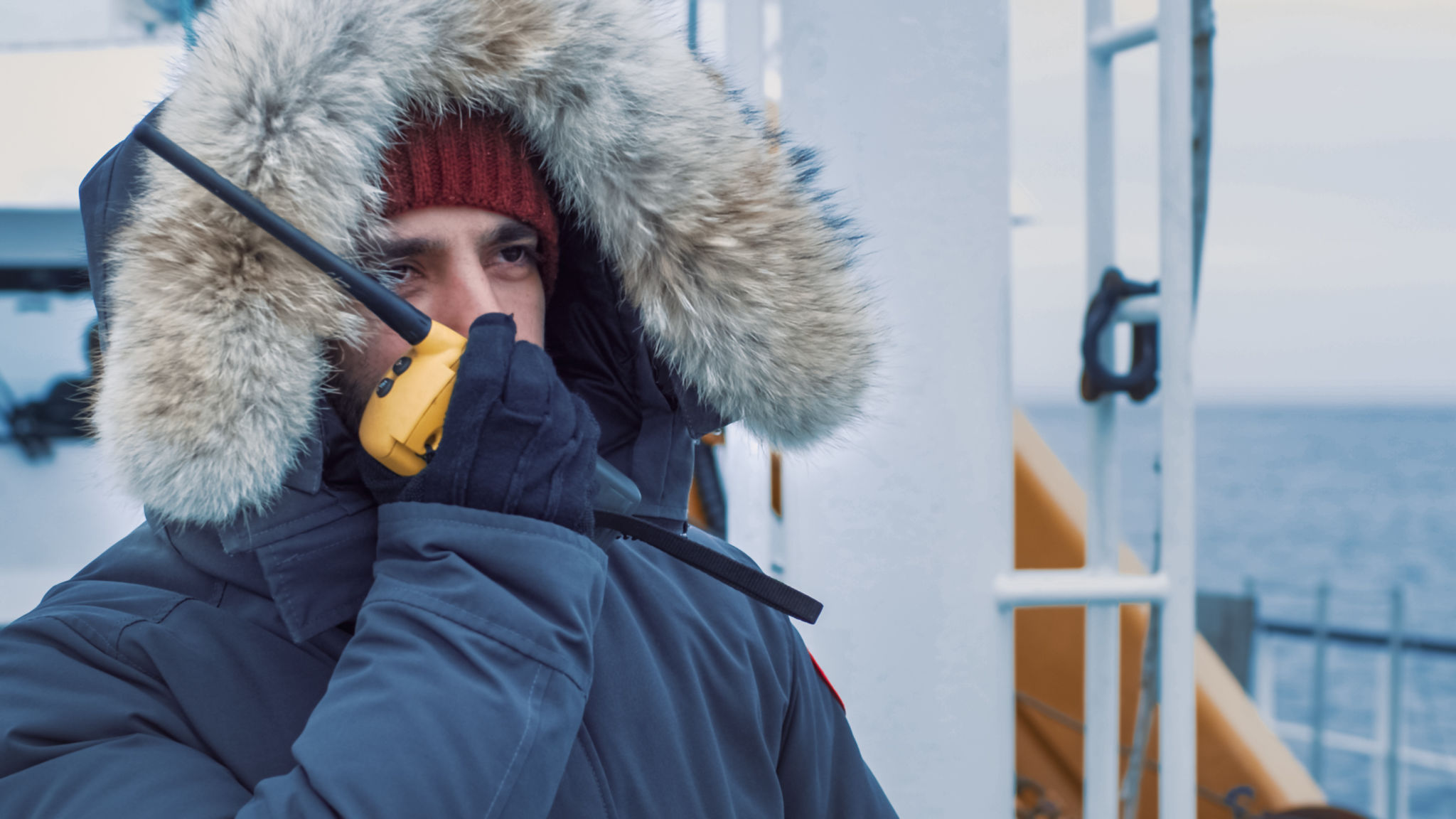How to Prepare Your Fleet for Washington, DC's Winter Weather
As the nation's capital gears up for winter, fleet managers face the challenge of preparing their vehicles for the cold, icy conditions that Washington, DC is known for. Proper preparation is essential to ensure the safety and efficiency of your fleet during this challenging season. Here are some key strategies to get your fleet ready.
Conduct a Comprehensive Vehicle Inspection
The first step in preparing your fleet for winter is to conduct a thorough inspection of each vehicle. This includes checking the battery, brakes, tires, and fluid levels. Cold temperatures can affect a vehicle's battery performance, so make sure each battery is fully charged and in good condition. Brake systems should also be inspected to ensure they are functioning correctly.
Tires are crucial for maintaining traction on icy roads. Consider switching to winter tires, which are designed to provide better grip in snow and ice. Additionally, check tire tread depth and pressure regularly throughout the winter months.

Stock Up on Winter Supplies
Equip each vehicle in your fleet with essential winter supplies. This includes items such as ice scrapers, snow brushes, and windshield de-icer. Emergency kits should also be updated to include blankets, flashlights, and non-perishable food items in case a vehicle gets stranded.
Winter weather can be unpredictable, so it's important to prepare for all scenarios. By keeping your vehicles stocked with these supplies, you can ensure that drivers are prepared for any situation that may arise.
Implement a Winter Maintenance Schedule
Establish a regular maintenance schedule specifically for the winter months. This should include routine checks of the antifreeze levels, as well as ensuring that windshield wipers and heaters are functioning properly. Consider using winter-grade oil, which can improve engine performance in cold conditions.
Regularly scheduled maintenance will help prevent unexpected breakdowns and keep your fleet running smoothly throughout the season.

Train Drivers for Winter Conditions
Driver training is an essential component of winter preparation. Ensure that all drivers are familiar with best practices for driving in snowy or icy conditions. This includes techniques such as gentle acceleration and braking, maintaining a safe following distance, and how to handle skids.
Consider providing additional training sessions or resources to help your drivers feel confident and safe on the road during winter.
Utilize Technology for Monitoring
Take advantage of technology to monitor your fleet's performance during winter. GPS tracking systems can provide real-time updates on vehicle locations and conditions. Additionally, telematics systems can alert you to any maintenance issues that need immediate attention.
By using technology to keep an eye on your fleet, you can respond quickly to any potential problems and ensure the safety of your drivers.

Plan Routes with Weather in Mind
When planning routes for your fleet, consider the weather conditions and potential hazards. Avoid areas that are prone to heavy snowfall or icy roads whenever possible. Stay updated with local weather forecasts to make informed decisions about route changes or delays.
Effective route planning can help minimize the risk of accidents and ensure timely deliveries or services despite adverse weather conditions.
Communicate with Your Team
Clear and consistent communication with your team is crucial during the winter months. Make sure drivers have a direct line of communication with fleet managers in case of emergencies or route changes. Regular check-ins can help address any concerns and ensure everyone is on the same page.
By fostering open communication, you can create a supportive environment for your drivers and improve overall operational efficiency during the winter season.
